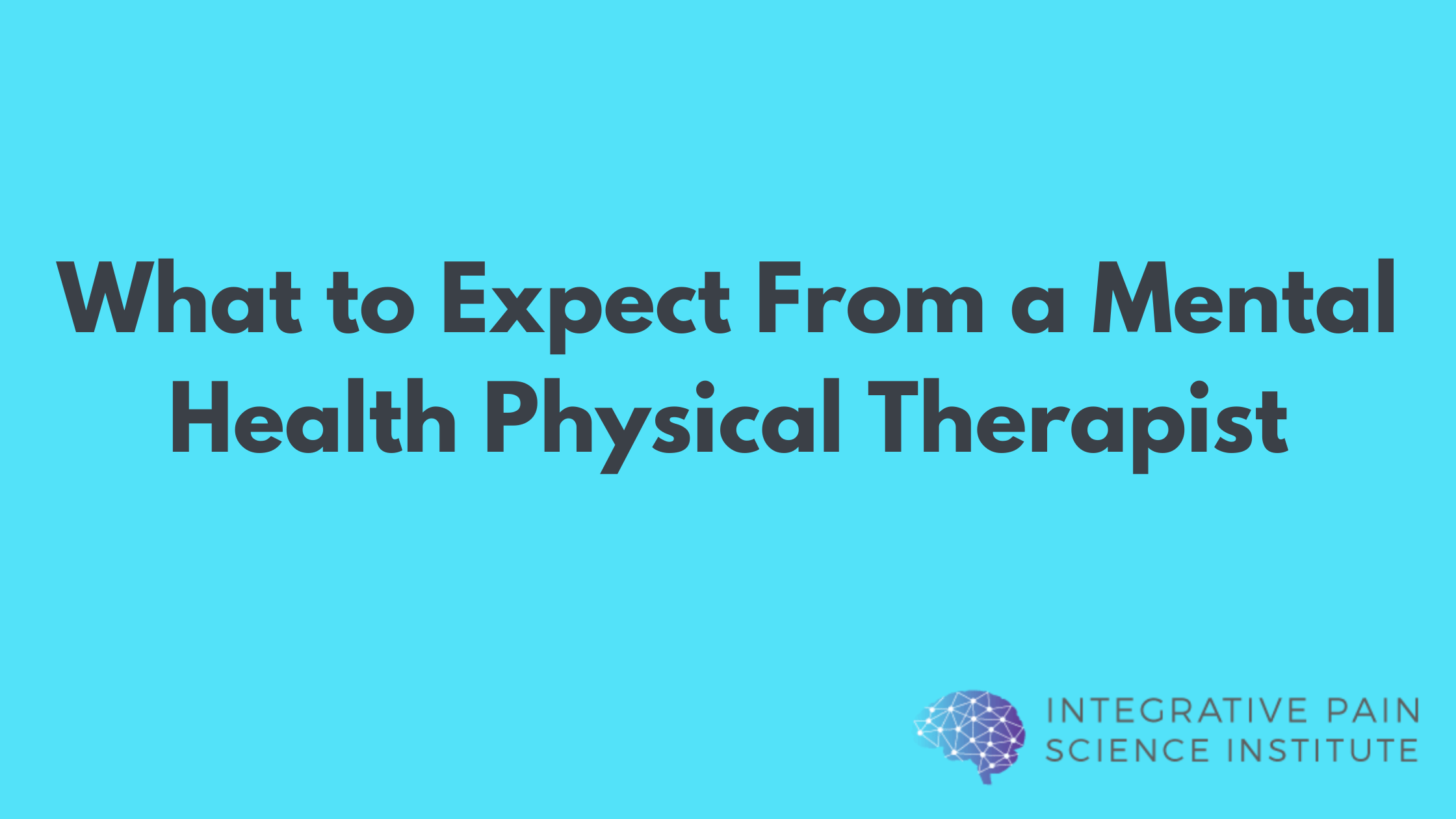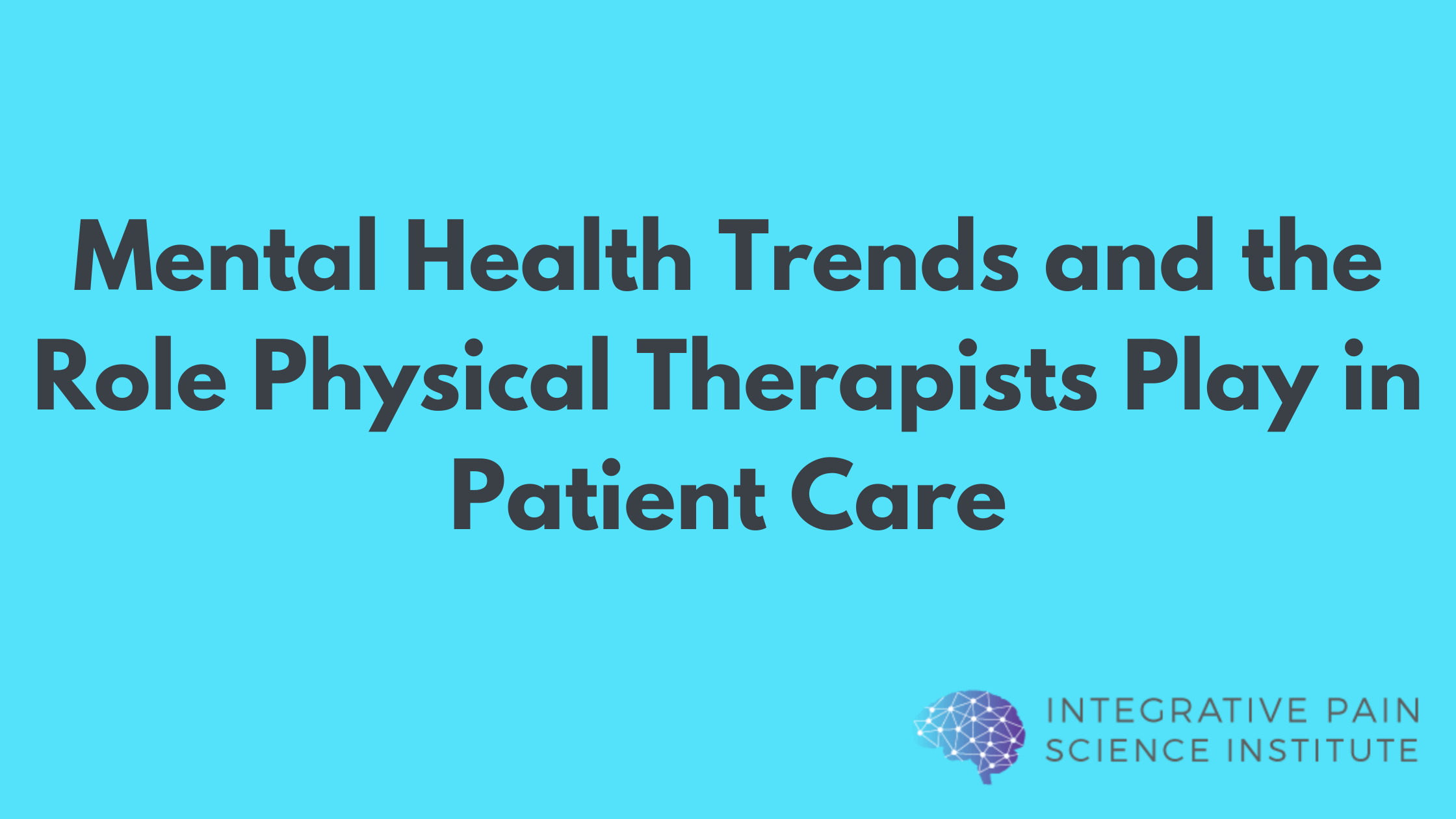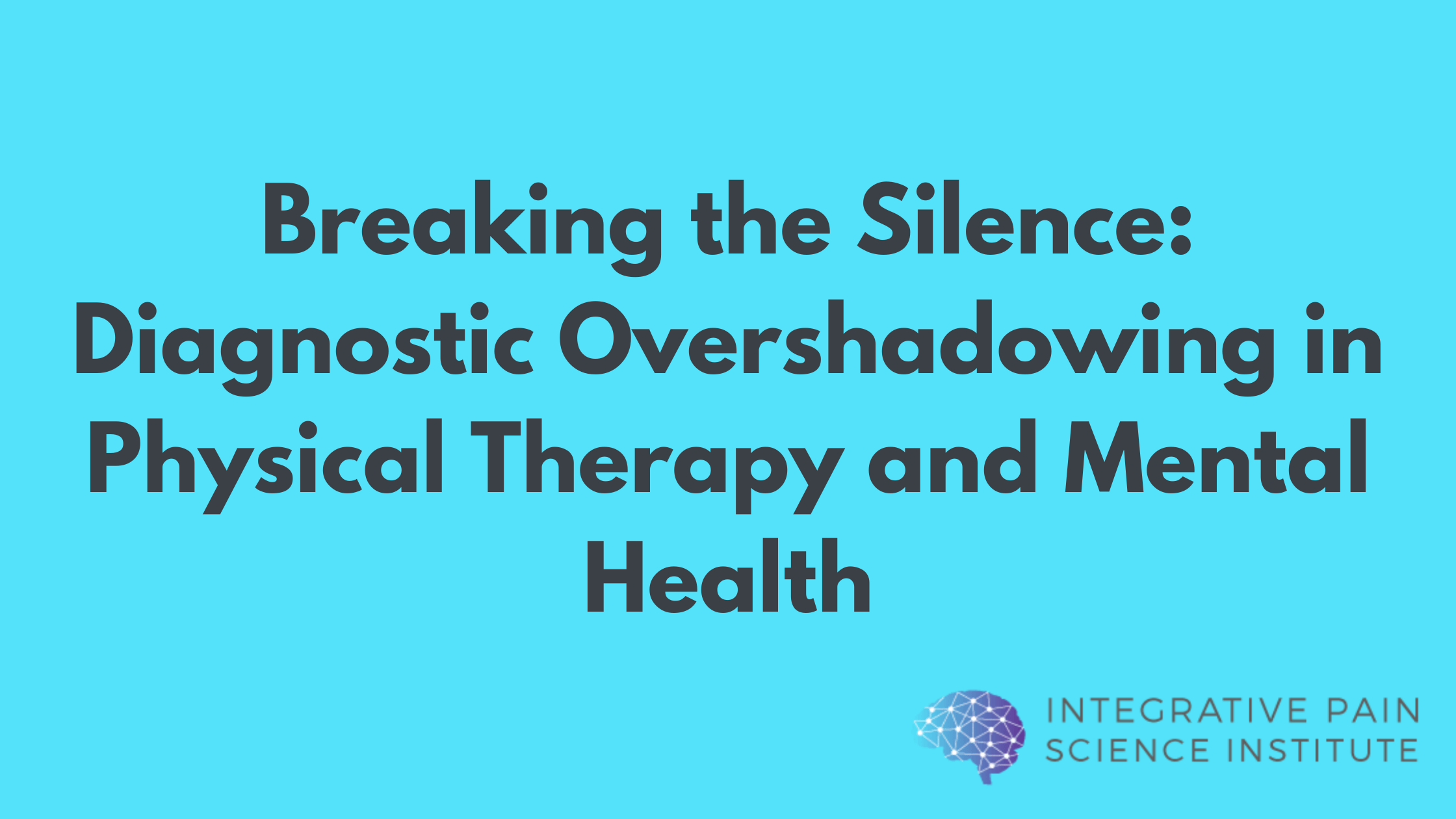Pain is a master concealer! It draws attention to one area, while the origin is really somewhere else. What do you believe to be the true origin of your chronic pain?
Whether your discomfort comes from a condition such as diabetes, an autoimmune disorder, osteoarthritis, or neuromuscular disease, the root cause often lies in the gut. (1) I have seen a change in the lives of many patients, in as little as three weeks, when they follow a gut-healing protocol. First, let’s take a look at how things go wrong.
Chances are, whatever condition you are trying to overcome, you’ve utilized non-steroidal anti-inflammatory drugs, or NSAIDs, to help “manage” your pain. After all, they are the most common over-the-counter pain remedy.
The following list is are examples of some NSAIDs that are available:
Aspirin
Ibuprofen (Advil, Motrin)
Indomethacin (Indocin)
Oxaprozin (Daypro)Diclofenac (Cambia, Cataflam, Voltaren, Zipsor, Zorvolex)
Celecoxib (Celebrex)
Naproxen (Aleve, Anaprox, Naprelan, Naprosyn)
Piroxicam (Feldene)
Would it surprise you to learn that these NSAIDs can actually make your pain levels even worse?
First, it’s important to understand the root cause of your pain, which is gut health. The digestive tract has an important job – it allows important nutrients to get into the body while keeping everything else out. The inner lining of the intestines has a crucial, highly selective, semipermeable barrier. And while its job is extremely important, amazingly, this lining is only one cell thick! These cells sit side-by-side and form a tight junction, allowing nothing to pass to the bloodstream unless it’s a vitamin, mineral or food particle that has been broken down to the smallest possible size. But, when these tight junctions get weakened and break down, your gut becomes inflamed and develops openings whereby bacteria, toxins, and undigested food particles can pass through. With this inflammation, not only is your gut unable to perform its important job of absorbing nutrients but now it’s also letting bad things barge on through the barrier. The technical name for this is intestinal permeability, but it is most often referred to as leaky gut syndrome. (2) I liken this situation to a garden hose small little holes. If there is no damage to a garden hose, the water will get to its intended destination. However, if the hose has multiple holes in it, not only does the water not reach its destination, but we end up with water in areas where it should not be.
By healing a leaky gut, you can put out fire that fuels inflammation Share on X
How does leaky gut connect to your pain? When the intestinal contents leave the gut and enter the bloodstream, they are considered a foreign substance, your body mounts an immune response, and then creates antibodies to destroy it. Antibodies bind to the foreign invader, creating what’s called an immune complex, in order to render it harmless. With persistent leaky gut, there is an overproduction of immune complexes, and as they circulate around the body, they get deposited in various organs, including skeletal muscle, joints, and tendons. Once deposited, immune complexes set off local inflammation, causing pain, swelling, and stiffness. Can you see how it would be easy to confuse this localized pain with what the real issue is?
SEVEN SIGNS YOU HAVE LEAKY GUT
- Digestive issues
Chronic diarrhea, bloating, gas, constipation or irritable bowel symptoms are signs that the intestinal lining is inflamed and not working properly.
- Seasonal allergies or asthma
Like the gut, the respiratory tract is also an immune barrier. When the gut is inflamed, so can be the lungs, and for many of us, this leads to seasonal allergy symptoms and asthma.
- Autoimmune diseases, such as celiac disease, psoriasis, lupus, or rheumatoid arthritis
Three factors are needed for an autoimmune disease to develop: a genetic predisposition, a trigger, and a leaky gut. (3) A poor diet is enough of a trigger to initiate leaky gut, which then can turn on the gene for autoimmunity.
- Chronic joint and muscle pain or fatigue

NSAIDs are among the most frequently used and prescribed medications in the management of musculoskeletal pain and injury. However, several studies have questioned their value in the healing process of bone, muscle, tendon, and ligament injuries and their use carry the risk of potentially serious adverse effects. Researchers support treatment of chronic fatigue with a leaky gut diet. (4)
- Mood issues, including depression, anxiety, or ADD/ADHD
The inflammatory cascade that occurs after a substance leaves the intestine can trigger pro-inflammatory cytokines (chemical messengers) that can lead to mood issues like major depressive disorder. (5)
- Acne, rosacea, eczema
Skin disorders and rashes are another sign that the body is trying to get rid of toxins that have made their way from the gut into the body.
- Food allergies and intolerances
Whether you have an immediate reaction to a food (allergy) or a delayed response (intolerance) you can feel the effects with headaches, belly aches, skin reactions and fatigue; it all goes back to a leaky gut and a hyped-up immune system.
- CNS disorders
An increasing number of studies are investigating gut permeability and CNS function. Translocation of intestinal contents can, in fact, affect the central nervous system. (1)
By healing a leaky gut, you can put out the fire that fuels inflammation, and see dramatic decreases in many symptoms.
Now – back to the initial topic of this discussion – NSAID use for pain relief. Did you notice any anti-inflammatory drugs on the list above that you have used, either in the past or currently? If so, you could unknowingly have contributed to leaky gut, making your condition even more painful.
THREE WAYS NSAID CONTRIBUTE TO PAIN
1. Linked to Leaky Gut (intestinal permeability)
NSAID use affects intestinal permeability within 24 hours of use. And not in a good way! (6) The NSAID weakens the intestinal wall and causes inflammation to the small intestine. Additional implications are possible bleeding from the inflammatory site, ulcers, and loss of protein, which contributes to nutrient deficiencies.
2. Linked to Cardiac Arrest
What’s more alarming is that the European Heart Journal Cardiovascular Pharmacotherapy published an article in December 2016 stating that NSAID use is associated with cardiac arrest! (7) The study found that out of the NSAIDs they looked at, the use of diclofenac and ibuprofen presented the greatest risk for out-of-hospital cardiac arrest, at 50% and 31% risk increase respectively. The heart health danger that NSAIDs present include platelet aggregation, blood clots, artery constriction, fluid retention and increased blood pressure. (7)
3. Linked to Nutrient Depletions
Because NSAIDs cause gastric damage, they also cause nutrient depletions via reduced absorption rates. (8) Malabsorption of iron, folic acid, magnesium, fatty acids, vitamin C and zinc can cause such side effects as a weakened immune system, slow wound healing, anemia and irregular heartbeat. (8).
NATURAL PAIN RELIEF OPTIONS
Herbs and other natural substances have been used for centuries with much success. Here are a few to consider:
Feverfew
This herb has a long history with multiple pharmacologic properties such as anticancer, anti-inflammatory, antispasmodic and cardiotonic. (9) Because of its anti-inflammatory effects, many find success in using feverfew for migraines. It can interact with some prescription medications, so be sure to discuss this option with your doctor.
Mindfulness-Based Pain Reduction

Mindfulness-based pain reduction has benefits for people with chronic pain. When you’re stressed, your cortisol levels rise, breathing becomes shallow and your muscles tighten. Stress makes everything worse, especially for people who have any kind of musculoskeletal pain. Mindfulness and meditation teach you how to use your breath. Most people with pain, stress, or anxiety breathe shallowly, in their chests, but you’re supposed to breathe through your belly; deeply and fully. Mindfulness-based pain reduction can also help with the negative thoughts (pain catastrophizing) that often dominate our thinking when pain is present. Mindfulness can help accept where you are in the present moment, refocus breathing, decrease stress and move toward a place of compassionate acceptance. Accepting where you are today can help you move forward and create healthy habits for living a pain-free life.
Accepting where you are today can help you move forward Share on X
Tumeric
Curcumin, the active ingredient in turmeric, has been shown to regulate many factors linked to inflammation and chronic illnesses such as neurodegenerative, metabolic, and autoimmune diseases. (10) Because it has poor bioavailability, look for brands that combine it with Bioperine (black pepper) or take it with a healthy fat such as coconut, ghee or olive oil to boost its absorption.
Omega-3’s
Lastly, an alternative treatment that is getting a lot of attention lately is omega-3 – as in the essential fatty acids found in fish oil. In a study of 125 people taking between 1200 to 2400 milligrams of fish oil per day, over 80% of them were satisfied with their improvement and would continue to take fish oil supplements as a safer alternative to NSAIDs for neck and back pain. (11)
Exercise Therapy/Physical Therapy
Physical therapy plays a vital role in helping patients manage and overcome chronic pain. Physical therapists are able to gradually increase the intensity of active exercises. A good DPT will also educate the patient about how the brain and central nervous system hypersensitivity contribute to their chronic pain. We encourage our patients to never give up, partner with them and form an invaluable therapeutic bond. Pain does not have to be a way of life.



